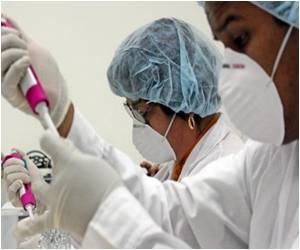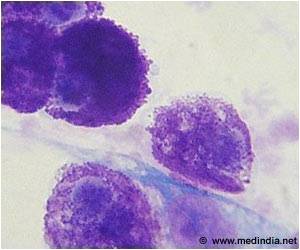For decades, biologists were fascinated as how B lymphocytes are able to direct mutations to their antibody genes to produce millions of different antibodies.

Studies in the late eighties by the laboratories of two prominent immunologists, Ursula Storb and Michael Neuberger, provided some early evidence that the hypermutation process was targeted by sequences neighbouring antibody genes. However, the phenomenon could not be nailed down, because the experimental set-up was laborious and hampered by background noise. Further confounding this analysis was the fact these sequences correspond to enhancers, and enhancers regulate transcription, which happens to be another requirement for hypermutation. To overcome these hurdles, Buerstedde and colleagues developed a novel, highly sensitive, and carefully controlled assay with which they finally provide convincing evidence that enhancers play an important role in somatic hypermutation. The authors are particularly gratified that the new results vindicate earlier pioneering work, and thus resolve the often confusing scientific literature on this topic.
The experimental advantages of a chicken B cell line termed DT40 turned out to be the key to success. This is a little ironic as the DT40 model system has often been criticized for being artificial and of limited relevance for mice and man. However, human enhancers to antibody genes actually increased hypermutation in DT40 cells even more than equivalent sequences from chicken antibody genes. This works demonstrates once more the power of simple experimental models as well as the clear conservation of the targeting mechanism from chicken to humans.
While the study provides an unambiguous resolution of a long-standing question, more work on the precise molecular mechanism is required. Follow-up studies should focus on the interaction of enhancers, gene transcriptional machinery and AID (Activation-Induced Deaminase), the enzyme that initiates hypermutation. With respect to human disease it will be equally important to understand why the mutation targeting mechanism is not fool proof and why AID increases the background mutation rate throughout the genome of B lymphocytes leading to leukemia and lymphomas. It might be possible to use gene targeting to produce lethal mutations in precancerous AID expressing cells.
Source-Eurekalert
 MEDINDIA
MEDINDIA




 Email
Email





